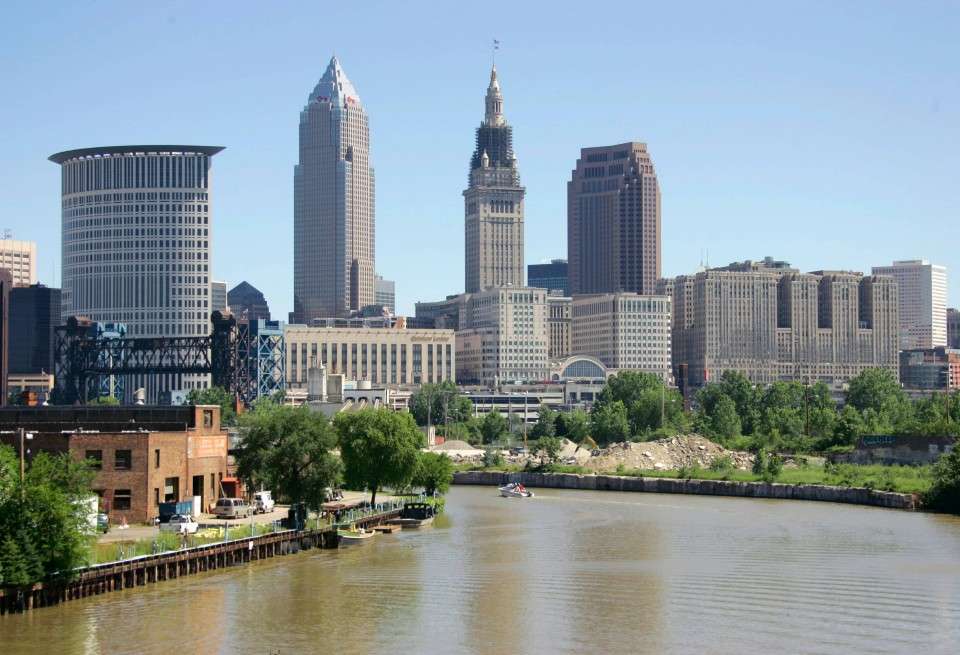The Volokh Conspiracy
Mostly law professors | Sometimes contrarian | Often libertarian | Always independent
Separating fact from fiction about the Cuyahoga River fire(s)

As journalists descend on Cleveland to cover the Republican convention, it is inevitable that news stories mention the infamous 1969 fire on the Cuyahoga River. The story of this fire is largely a fable, however, as I have documented at length. Much of what people write and read about the fire, and its historical context, just is not so.
The June 22, 1969, fire was not much of a fire at all. More importantly, it was not the first river fire, on the Cuyahoga or elsewhere. River fires were quite common in the late 19th and early-to-mid 20th centuries. There were several fires on the Cuyahoga over this period, as there were fires in Columbus, Detroit, Philadelphia and lots of other places. Yet prior to the 1960s, and the awakening of the modern environmental movement, river fires did not attract much attention outside of local communities. Fortunately, local communities saw river fires as a problem, and took action.
What was different about 1969 was not that a river had gotten so dirty that it caught fire but that industrial rivers had been cleaned sufficiently that river fires were no longer common. What is often presented as a symbol of postwar environmental degradation was actually a reminder of the widespread environmental ruin of earlier eras.
For those who want extensive detail on the Cuyahoga and the history of river fires, I published an extensive treatment in the Fordham Environmental Law Review. For a shorter summaries see here and here.



Show Comments (0)